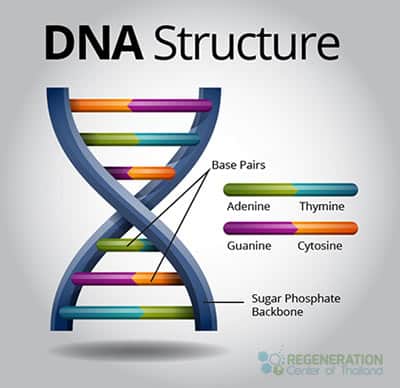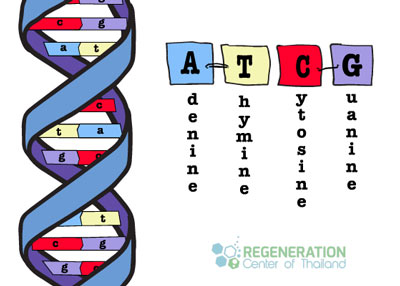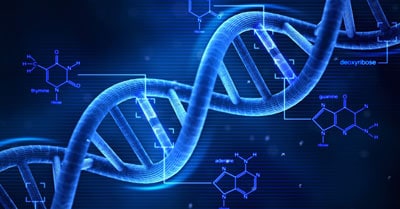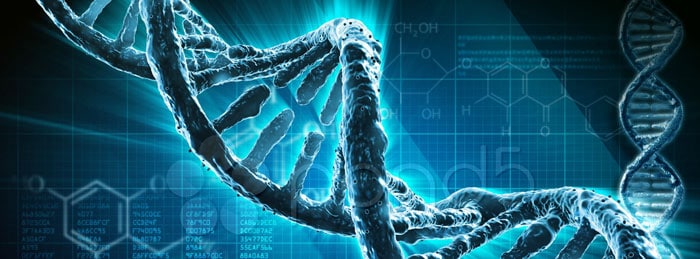DNA is also known as Deoxyribonucleic Acid. DNA is considered to the building block of the body and is found in the nuclei of all cells. Found inside the nucleus the DNA strands are sets of chromosomes. Each set of chromosomes have a constriction point from where two arms are formed called the centromere. The shorter arm of the chromosome is called the P Arm while the long arm of the chromosome is tagged as the Q arm. Each pair of chromosome is shaped by the placement of centromeres along with the sizes of the P and Q arms.

DNA – DeoxyriboNucleic Acid
Humans are known to carry 23 pairs of chromosomes, for a total of 46. Twenty two pairs are called autosomes and appear equally in both females and men. The 23rd Chromosomal pair is called the sex chromosomes and differs between females and males. Females usually have 2 copies of the XX or X chromosome, while men have exactly one set of Y and one set of X chromosome.
Where Can DNA be found?
DeoxyriboNucleic Acid or “dNA” is passed down from generation to generation. DNA can be found inside the nucleus of all living organisms in the known universe. The most common type of the DNA is the “nuclear DNA” as is sits inside the nucleus. A modest quantity of DNA may also be located in the mitochondria and is therefore known as “mitochondrial DNA” or mtDNA.
Ingredients of DNA
DNA comprises four chemical bases:
- Adenine (A)
- Cytosine (C)
- Guanine (G)
- Thymine (T)
DNA base pairs
DNA bases are matched with each other to form components known as a base pair. Base Pairs are attached to sugar and phosphate molecules. Its estimated that there are about 3,000,000,000 bases pairs of DNA per human. These bases have now been sequenced to better understand how diseases are transmitted. Information about genetic health testing.
The Double Helix and Nucleotides
The Sugar molecule and phosphate molecules combine to form nucleotides. The Nucleotides is ordered in 2 long coil shaped fibrils known as a double helix. The double helix resembles the shape of a twisting ladder with the base pair forming the steps of the twisting ladder while the phosphate molecules and sugar molecule join to form the side of the twisting ladder.

Double Helix
How Can DNA replicate?
Our DNA structures can make make identical copies of itself. Single strands of DNA can become two DNA stands and then open up to make another copy or clone each other. This acts as natures “backup system” to allow a new set DNA with at least one identical copy of the old DNA from which the copy was made from.
Mitochondrial DNA
The mitochondria contain only a modest quantity of DNA known as mtDNA or mitochondrial DNA. Each cell in the body includes millions of mitochondria dna. Mitochondrial DNA is made up of 37 genes that regulate the mtDNA. 13 of these mtDNA provide explicit directions for producing enzymes. The remaining genes help create molecules known as transfer RNAs or tRNAs along with rRNAs knows or ribosomal RNAs.
To learn more about DNA or if you have any other questions please contact us today.

